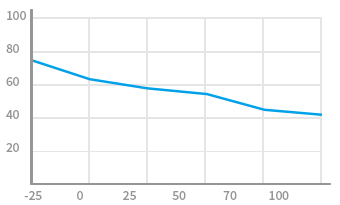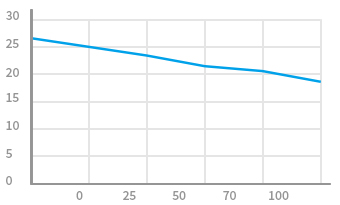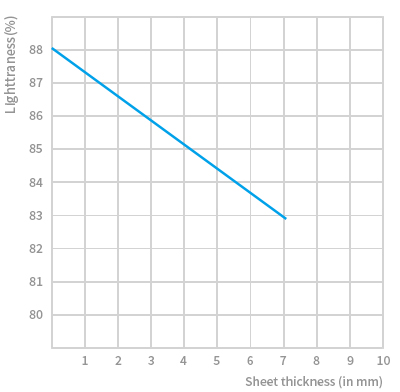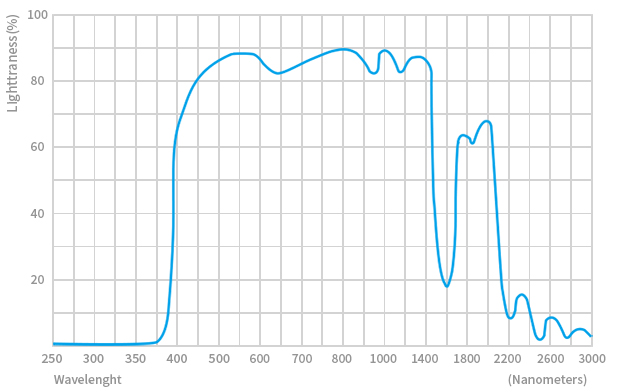
What is Polycarbonate?
Polycarbonate is a thermoplastic with an aromatic polycarbonate ester bond, a balance of excellent mechanical, heat resistance, cold resistance and electrical properties, as well as transparent and magnetic properties. In 1956, Schnell of Bayer, West Germany, announced polycarbonate based on bisphenol A, and the company's "macrohol" (film) and "macrolon" (molded materials) were the first industrial products to be shipped to the market in 1958, and GE's "Rexane" was industrialized in the United States in 1960.







